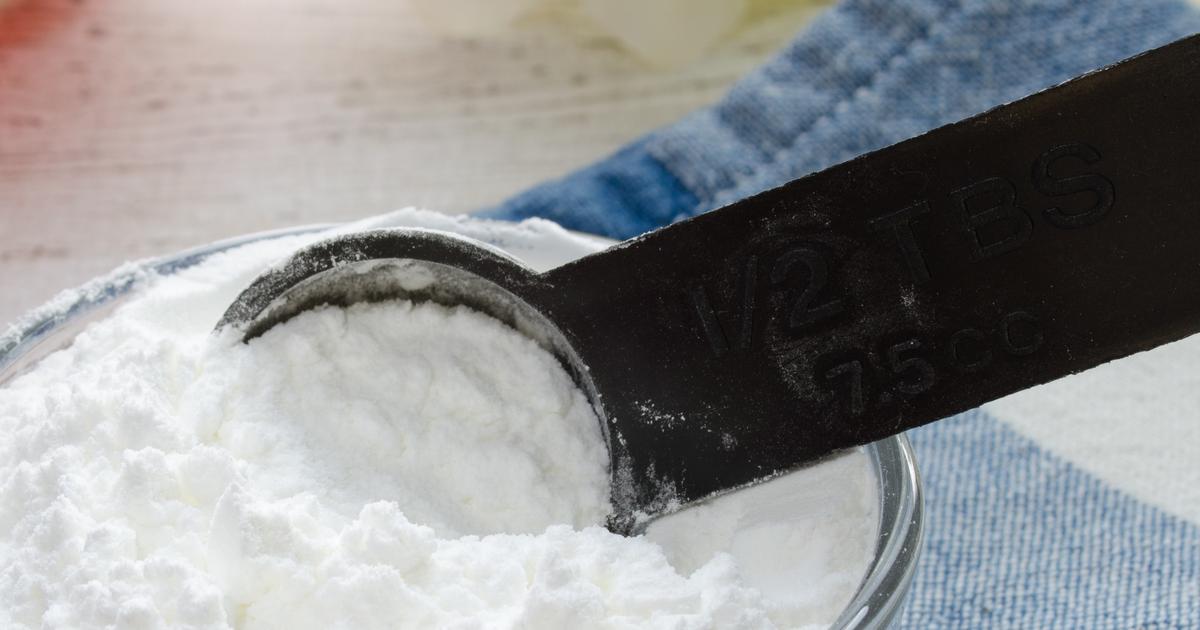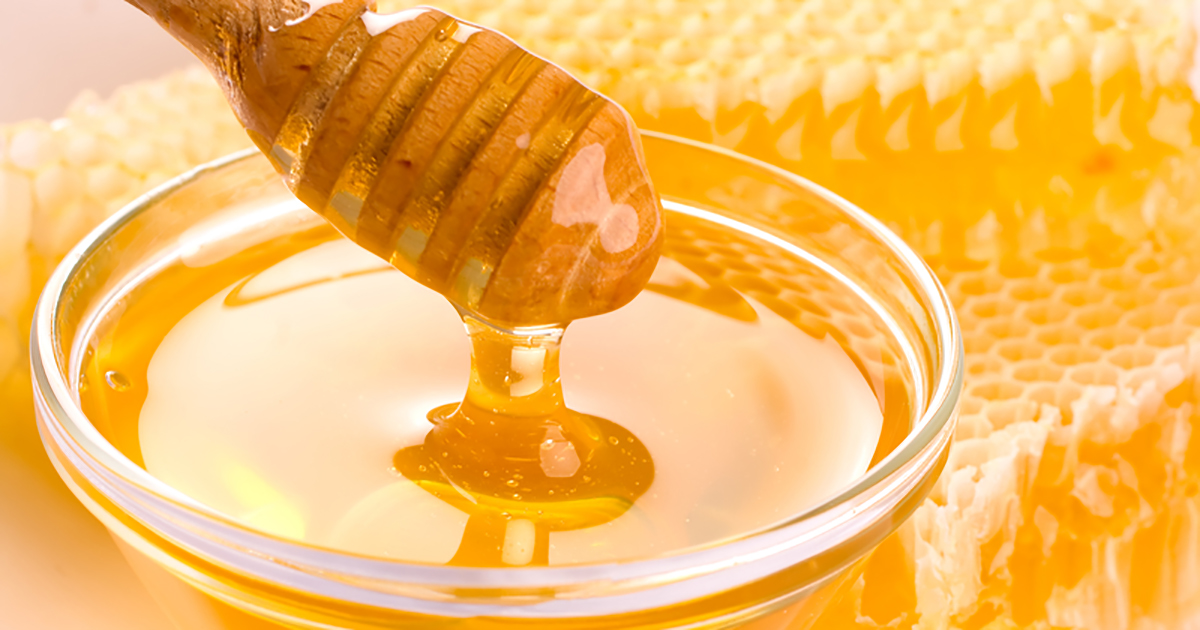Home Remedies For Chickenpox That REALLY Work
Chickenpox, otherwise known as varicella, is a highly contagious viral infection that causes a blister-like rash, usually isolated to one part of the body (such as the face or torso) initially, before it spreads to other areas of the body. The rash, which is caused by the varicella-zoster virus, is not life-threatening, but it may take up to two weeks before it completely resolves. Symptoms are similar to the common cold and may include a fever, chills, muscle aches, and loss of appetite. A rash usually occurs two days after symptoms arise.
Baking Soda

Applying a mixture of baking soda and water to the rash may help reduce the severity and duration. Baking soda is alkaline, which may help combat the acidic pH levels of the virus in the body. It may also help the rash dry up and heal quicker. To use, mix half a teaspoon into eight ounces of water. Using a clean sponge or washcloth, apply the water mixture all over the rash. Allow to dry and do not rinse off. Use several times a day as needed. Alternatively, individuals may take a lukewarm bath with roughly half a cup of baking soda dissolved in it once a day until symptoms subside.
Honey

Raw honey has natural antiviral properties, which may help with alleviating some of the symptoms linked to chickenpox and its iconic rash. In addition to killing the germs that cause a rash like the one found in cases of chickenpox, honey may also be able to reduce redness, pain, itching, and scars. Apply raw honey topically to the rash and leave it on for thirty minutes before rinsing with warm water. Be sure to use raw, unfiltered honey as processed honey has been heated to a high temperature, which kills off most of the nutrients. Add raw honey to hot teas to treat the virus internally.
